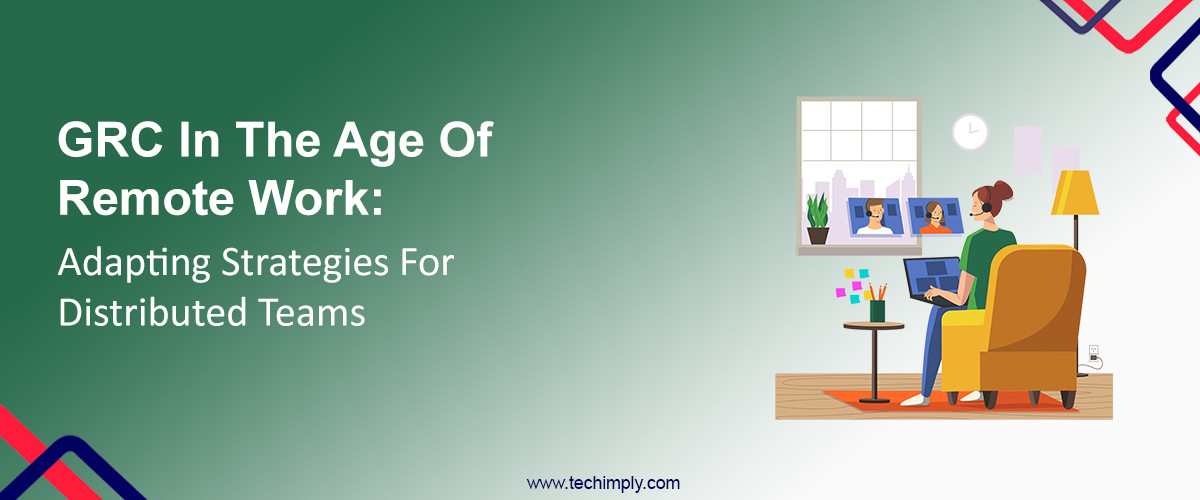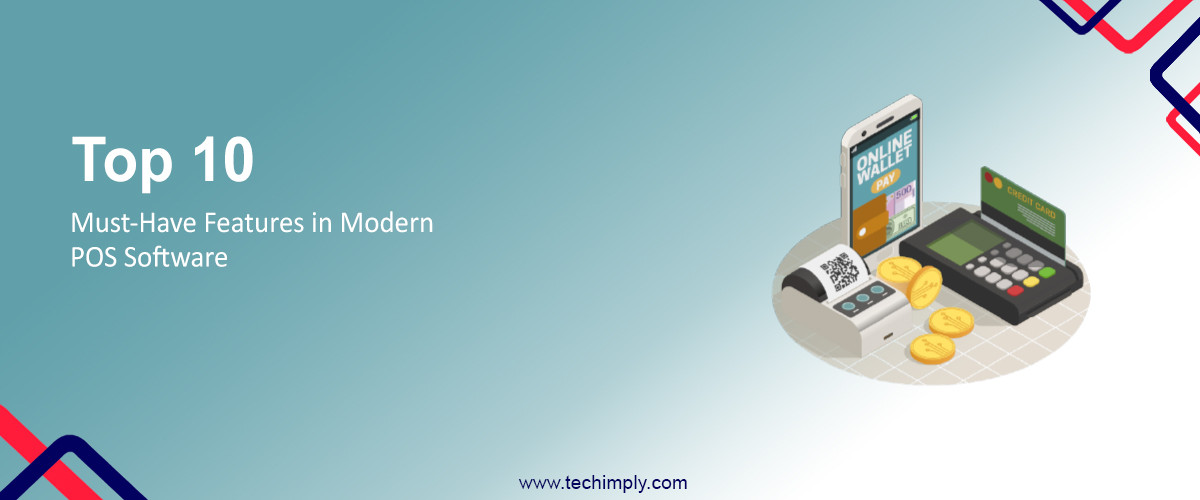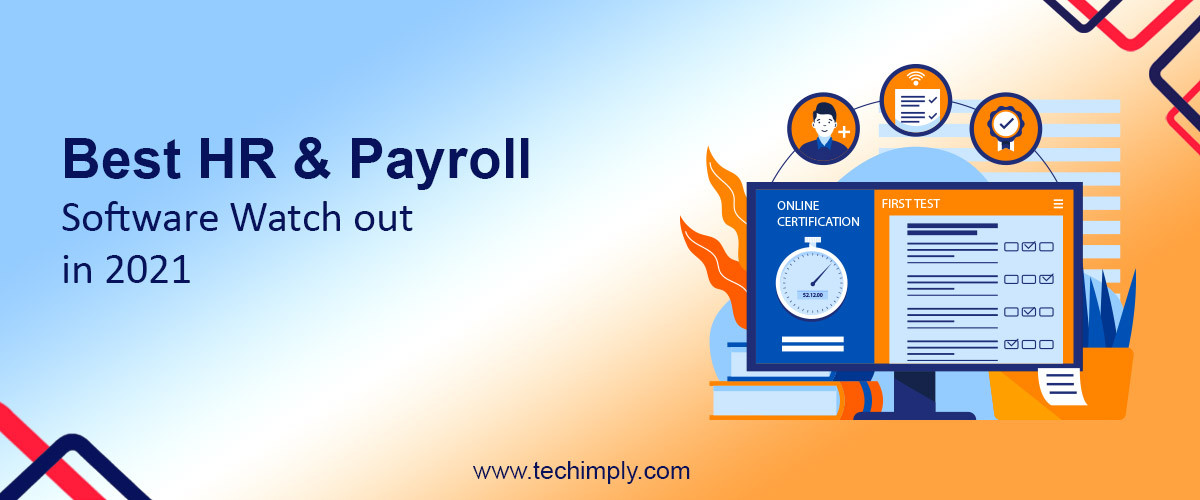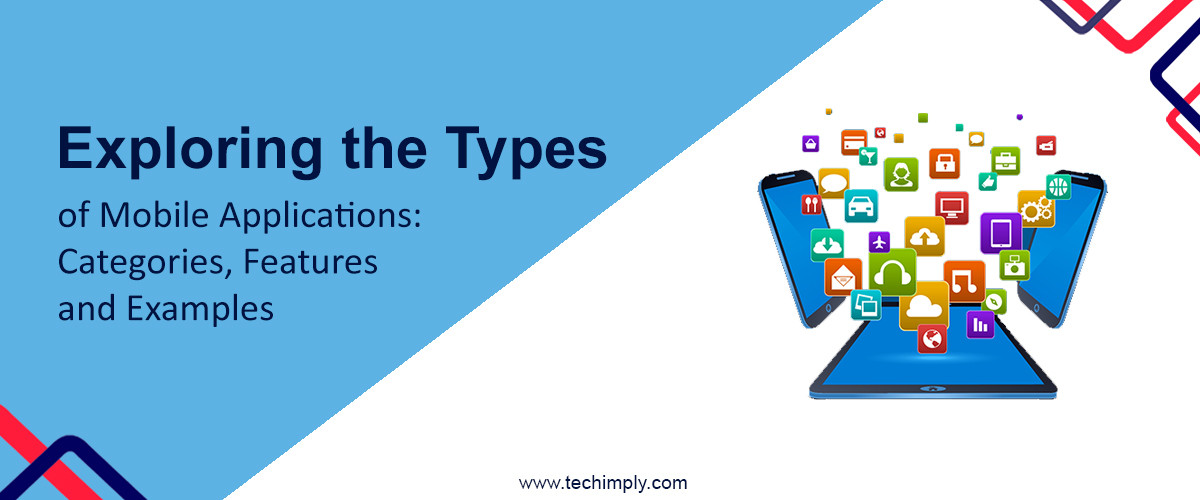In an era defined by rapid digital transformation and an increasing reliance on remote work, organizations are redefining their approaches to Governance, Risk, and Compliance (GRC). The shift to distributed teams has revolutionized the workplace landscape, prompting a crucial need to adapt GRC strategies to manage risks and maintain compliance in this new paradigm effectively.
The amalgamation of Governance, Risk, and Compliance serves as the cornerstone for ensuring that organizations operate ethically, securely, and in alignment with regulatory standards. However, the transition to remote work has introduced a myriad of challenges, compelling businesses to reevaluate and fortify their GRC frameworks.
Evolving Challenges in the Remote Work Environment
The remote work environment presents several nuanced challenges across governance, risk management, and compliance (GRC), necessitating a deeper exploration of the evolving landscape:
Governance in Distributed Teams
-
Policy Consistency and Implementation: Maintaining uniformity in policies and procedures becomes intricate when team members operate from diverse locations. Ensuring that everyone adheres to the same standards and protocols requires robust communication and a centralized system for disseminating and enforcing governance policies.
-
Decision-making and Accountability: Distributed teams might encounter delays in decision-making due to asynchronous communication and different time zones. Establishing clear decision-making frameworks and fostering a culture of accountability becomes crucial to prevent bottlenecks and maintain productivity.
-
Cultural Alignment: Remote work often transcends geographical boundaries, leading to diverse cultural backgrounds within teams. Aligning these cultural nuances with organizational values and governance principles demands sensitivity and adaptability in policies and communication strategies.
Risk Management in a Decentralized Setup
-
Cybersecurity Vulnerabilities: Remote work expands the attack surface for cybersecurity threats. The use of personal devices, varied network infrastructures, and potential lapses in security practices increase the likelihood of cyberattacks. Organizations need robust strategies to combat evolving cyber threats and protect sensitive data.
-
Data Privacy and Compliance Risks: Managing data privacy and compliance becomes intricate when data is accessed and stored across multiple devices and locations. This dispersed data ecosystem raises concerns regarding data residency, data sovereignty, and compliance with regional regulations like GDPR, HIPAA, etc.
-
Operational Resilience: Ensuring operational continuity amidst distributed teams requires comprehensive contingency plans. Factors like internet connectivity issues, power outages, and differing work environments must be considered to maintain operational resilience.
Compliance Amidst Remote Work Dynamics:
-
Regulatory Divergence: Remote work can lead to employees operating from regions with varying regulatory frameworks. This discrepancy may pose challenges in adhering to different compliance standards and keeping up with evolving regulations across jurisdictions.
-
Documentation and Audit Trails: Remote work setups might face difficulties in maintaining accurate documentation and audit trails due to the decentralized nature of operations. Establishing robust systems for documentation and audit becomes critical for regulatory compliance and risk assessment.
-
Employee Conduct and Monitoring: Monitoring employee behavior and ensuring adherence to compliance standards remotely requires sophisticated tools and methodologies. Balancing privacy concerns with the need for oversight becomes a significant challenge in remote work environments.
Strategies for Adapting GRC to Remote Work Environments
Adapting Governance, Risk, and Compliance (GRC) strategies to the remote work landscape involves a multifaceted approach that integrates various strategies to mitigate risks and ensure compliance. Here's an in-depth exploration of these adaptive strategies:
Embracing Technology Solutions
-
Advanced Security Measures: Deploying robust cybersecurity measures like multi-factor authentication, encryption protocols, endpoint security solutions, and continuous monitoring systems fortifies the remote work environment against evolving threats.
-
AI-driven Compliance Tools: Implementing AI-powered tools assists in automating compliance checks, monitoring user behavior for irregularities, and detecting potential risks or violations across distributed systems.
-
Secure Remote Access Solutions: Leveraging secure virtual private networks (VPNs) and remote desktop protocols ensures encrypted and authenticated access to corporate networks, safeguarding data integrity and confidentiality.
Strengthening Communication and Collaboration
-
Unified Communication Platforms: Using centralized and secure communication tools promotes transparent and efficient collaboration among remote teams while ensuring compliance with data privacy regulations.
-
Regular Check-ins and Meetings: Facilitating regular team meetings, check-ins, and one-on-one sessions fosters a sense of connection and allows for clarifications on GRC policies, reinforcing adherence among remote employees.
-
Documented Communication Policies: Developing and enforcing communication policies that outline acceptable communication channels, data-sharing protocols, and reporting procedures helps maintain compliance standards across remote teams.
Continuous Training and Education
-
GRC Training Programs: Conducting regular training sessions focused on GRC topics such as cybersecurity best practices, compliance requirements, remote work policies, and ethical conduct helps employees stay informed and compliant.
-
Simulated Phishing Exercises: Running simulated phishing drills educates employees on recognizing and responding to potential phishing attacks, thus bolstering the organization's cybersecurity posture.
-
Personalized Learning Resources: Providing access to self-paced learning materials, webinars, and resources tailored to remote work challenges and compliance expectations empowers employees to navigate GRC complexities effectively.
Agile and Adaptive Policy Frameworks:
-
Flexible Policy Development: Crafting GRC policies that are adaptable to the dynamic nature of remote work environments ensures alignment with regulatory standards while accommodating changes in work methodologies.
-
Regular Policy Reviews and Updates: Conducting periodic reviews and updates of GRC policies in response to evolving regulations, technological advancements, or changing business landscapes maintains relevance and effectiveness.
-
Clear Communication of Policies: Ensuring that remote employees have easy access to updated policy documents and guidelines promotes better understanding and adherence to GRC standards.
Conclusion
The evolution of remote work has necessitated a transformation in GRC strategies. Adapting to the challenges posed by distributed teams requires a proactive and holistic approach that combines technological innovation, robust communication, continuous education, and flexible policies.
As organizations continue to navigate the complex landscape of remote work, integrating these adaptive GRC strategies will not only mitigate risks but also foster a culture of compliance, ensuring sustained success in an increasingly remote-centric world.






